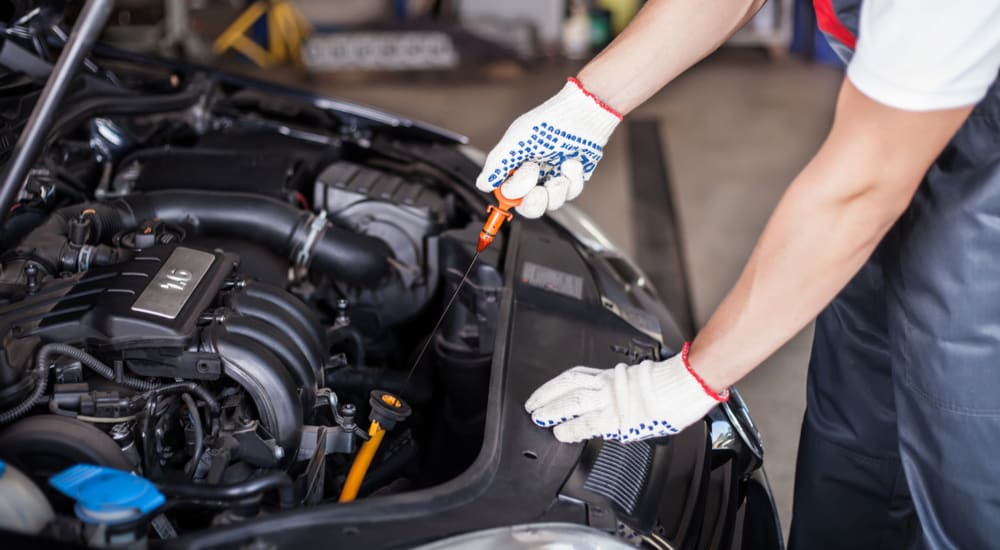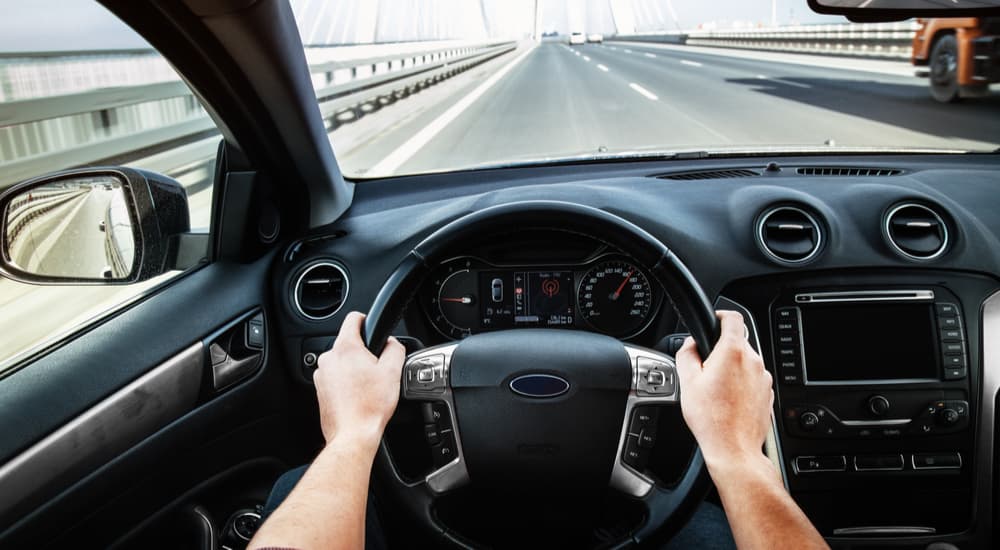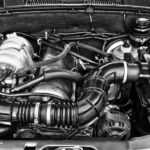I’ve got bad news, and I’ve got good news. The bad is that gas prices have reached record highs, and they’re likely to keep going up for a while. The good news is that each year brings us closer to everyone driving vehicles that don’t need gas in the first place. Until then, however, we’re all stuck trying to figure out how to make the best of a bad situation. That means getting the most from the gas we can afford, which can take several forms. One of the most popular options is called “hypermiling.”
Hypermiling isn’t for everyone, at least not when taken to an extreme, but you can run with some of these ideas and integrate them into your daily life to help reduce fuel consumption and make things a bit more affordable. However, some hypermiling techniques can take things too far and go from practical to downright dangerous. Let’s take a look at what hypermiling is, some popular methods of practicing it, and what you should and shouldn’t do to get the most from your vehicle’s fuel economy.
What is Hypermiling?
To put it simply, hypermiling refers to an approach to driving that’s primarily focused on getting the best fuel economy possible. That goes well beyond simply choosing a vehicle with great fuel efficiency, though that certainly is a great place to start, and ultimately becomes a different way to think about driving. You could view it as a holistic approach because it involves the car, your daily driving, understanding how to optimize efficiency, and even how you park your vehicle.
The term “hypermiling” was first coined back in 2008, the last time gas prices reached record high levels, as people looked for ways to optimize their fuel efficiency. It’s no surprise that we’re back to considering how to best go about this since nationwide gas prices have now broken those records from 14 years ago. With the recent announcement that the US will not be accepting gas from Russia, along with other ongoing sanctions, it’s a safe bet that we probably haven’t reached the highest point for gas prices. Considering some spots in the US have reported prices peaking over $6 per gallon, that’s not great for drivers.
Some people are content to take the hit and throw their hands in the air, arguing that there’s nothing they can do. Hypermilers (the term for people who engage in hypermiling practices), on the other hand, look for ways to aggressively reduce gas consumption to save money. There are a number of different methods by which you can do this, and I’ll get into them, though keep in mind that this will be presented without judgment on how well they work (at first).

Popular Hypermiling Techniques
Beyond the simple definition that hypermiling is anything done to boost fuel economy, there are some specific techniques and approaches that hypermilers use. These include:
- Proper Maintenance: The best place to start with hypermiling is to ensure your vehicle is in great shape. Proper maintenance and service, like tune-ups and oil changes, keep your engine running as efficiently as possible for the best gas mileage.
- Tire Care: Just as important is having your tires in great shape. Hypermilers check their tire pressure and tread and replace tires as needed to maintain peak efficiency.
- Reduce Weight: Extra weight in your vehicle will reduce your fuel economy, so do everything you can to keep things light. Remove boxes and stuff from your trunk that you don’t need for the trip you’re taking (keep emergency supplies, though).
- Efficient Driving: As speed increases, so does aerodynamic drag. Slowing down will inherently boost your fuel efficiency and gas mileage. Cars are generally most efficient at around 40-60 mph.
- Drive Without Braking: You should absolutely use your brakes when you need to, but hypermiling involves coasting without braking as much as possible. This method is often referred to as “DWB” and is a major component of hypermiling.
- Pulse and Glide: This technique is for use with hybrids, accelerating to certain speeds (pulsing) and then letting up on the acceleration (gliding) to let the electrical system kick in and help out rather than using gas. It takes some practice and relies on you knowing the feel of your car, but it can boost fuel efficiency for hybrid models.
- Turn Off the Engine: When you’re at a stop and idling, turn off your engine rather than letting your car idle to cut down on gas use. Some newer vehicles have engines that do this automatically, so you’ll need to know what your car can do.
- Use Hills: For optimal efficiency, hypermilers go slower uphill, as that requires the most work and gas, and then accelerate lightly to go faster downhill. When possible, don’t stop on an incline, as staying starting from that position uses a lot of energy.
- Drafting: A controversial technique in hypermiling borrowed from racing. Drafting takes advantage of the pocket of lower density air directly behind a moving vehicle, reducing your aerodynamic drag and improving efficiency.
- Climate Control: Using air conditioning is very inefficient, but opening your windows cuts down on your vehicle’s aerodynamic design and can also reduce fuel economy. The best bet is to avoid A/C and keep your windows up––or crack your windows at low speed and use A/C sparingly at higher speeds on the highway.
- Planning Ahead: Before you even get behind the wheel, think about where you’re going and the most efficient route to get there. When running errands, plan out how best to get things done with the least distance traveled. In fact, if it’s a short trip, consider skipping your vehicle entirely and walking––there’s no better way to boost fuel economy.
- Parking Considerations: Hypermilers even park in the most efficient way possible, choosing a spot quickly without driving in circles looking for the best option. Parking face-out also makes it easier to get going with minimal energy when you get back in.
That’s a lot, right? Not everyone interested in hypermiling will utilize all of these techniques, though they’re certainly worth considering. Some are easier to use than others and more effective, while some are outright dangerous. So which should you do?
Hypermiling Do’s
Most of the hypermiling methods detailed above are safe and great ways to boost your vehicle’s fuel efficiency. Proper maintenance, tire care, and efficient driving are not only good for your car but can also help keep you safer on the road. Other techniques like DWB and using hills to your advantage can require more work and some practice; just remember to follow any of the methods safely and cautiously. No amount of money saved on gas will make up for the expense of a collision or serious injury on the road. Planning ahead to figure out the best route and skipping the drive completely when you can just walk are also great ideas.
Hypermiling Don’ts
The most controversial method is also the one you should skip: drafting. Freeways aren’t racetracks, and tailgating a massive tractor-trailer is a recipe for disaster. Even drafting behind a car or SUV means you’re driving much too close to the vehicle and relying on your reflexes to be a lot better than they likely are. Similarly, some people try to turn off their vehicle’s engine while coasting to cut down on fuel use even more, but this can potentially damage your vehicle and be very dangerous––only shut off your vehicle if you’re safely at a stop, not while in motion. When practiced responsibly, hypermiling can save you money and reduce emissions, but it’s important to always put safety ahead of anything else.





